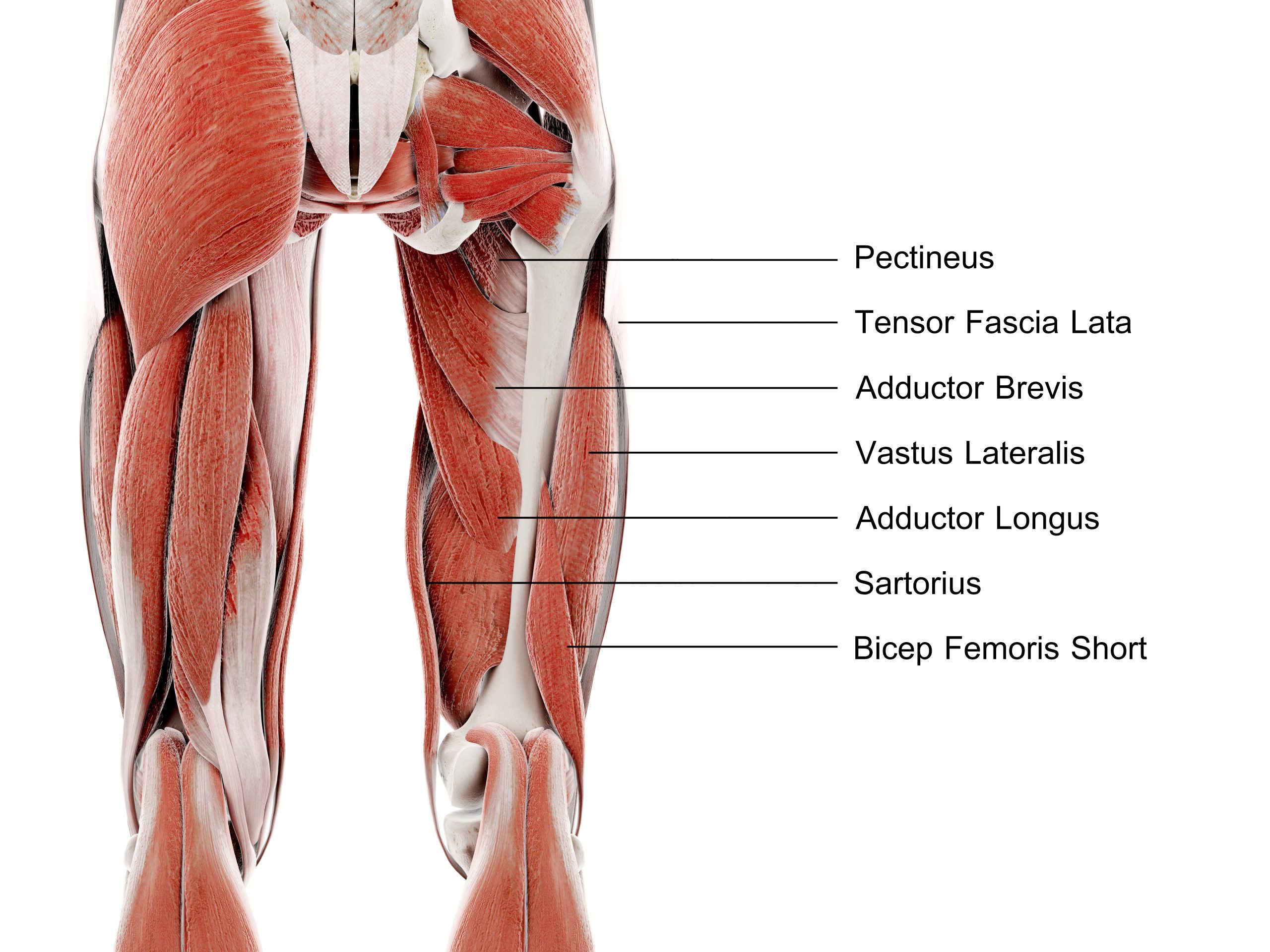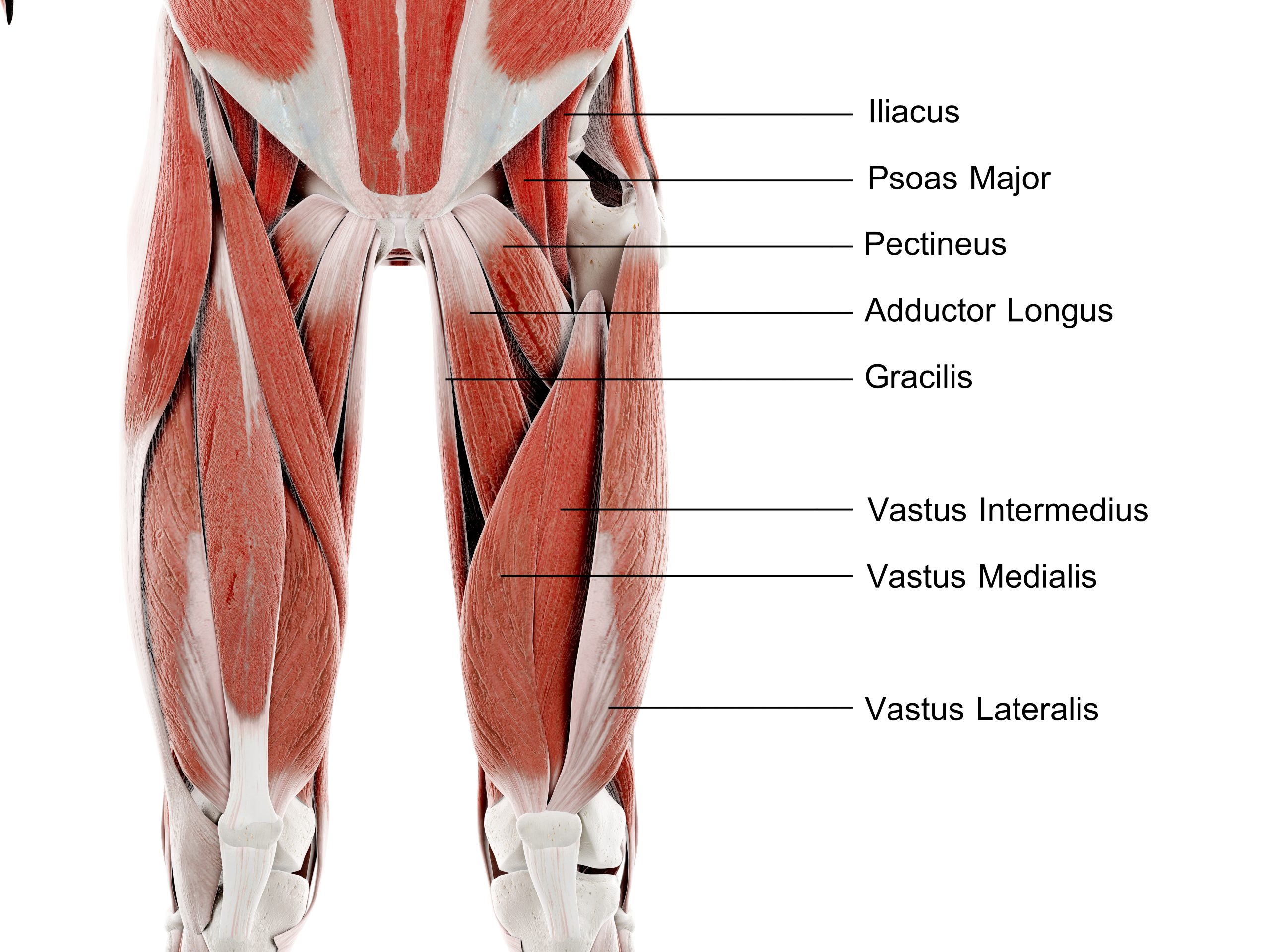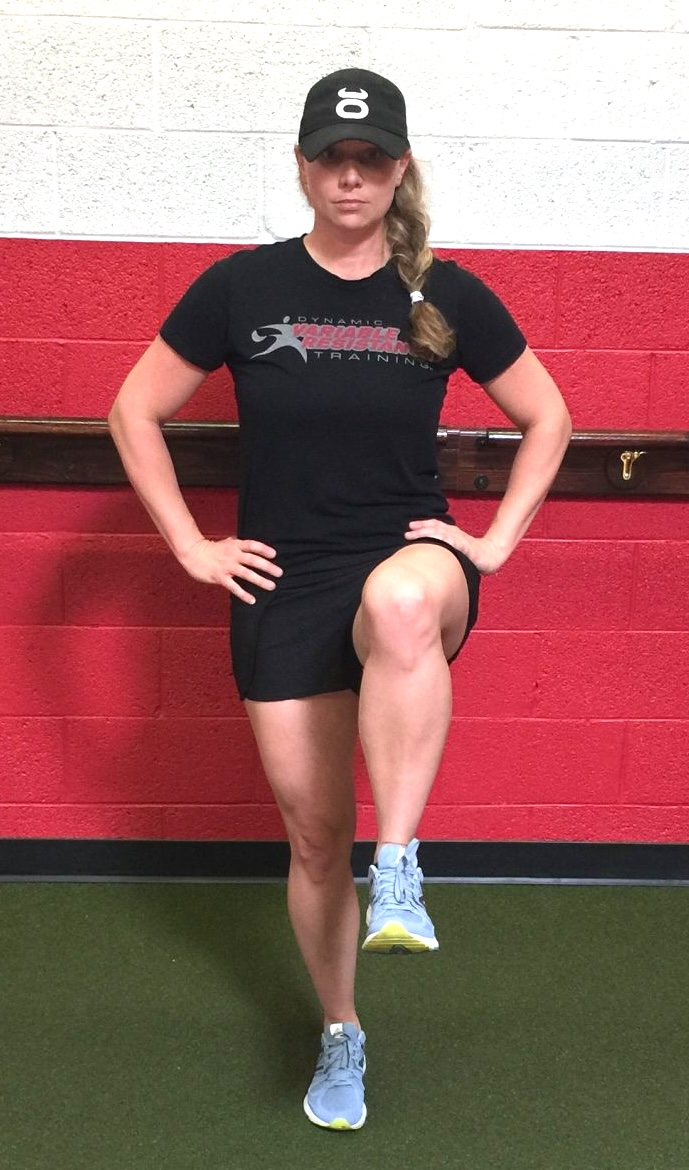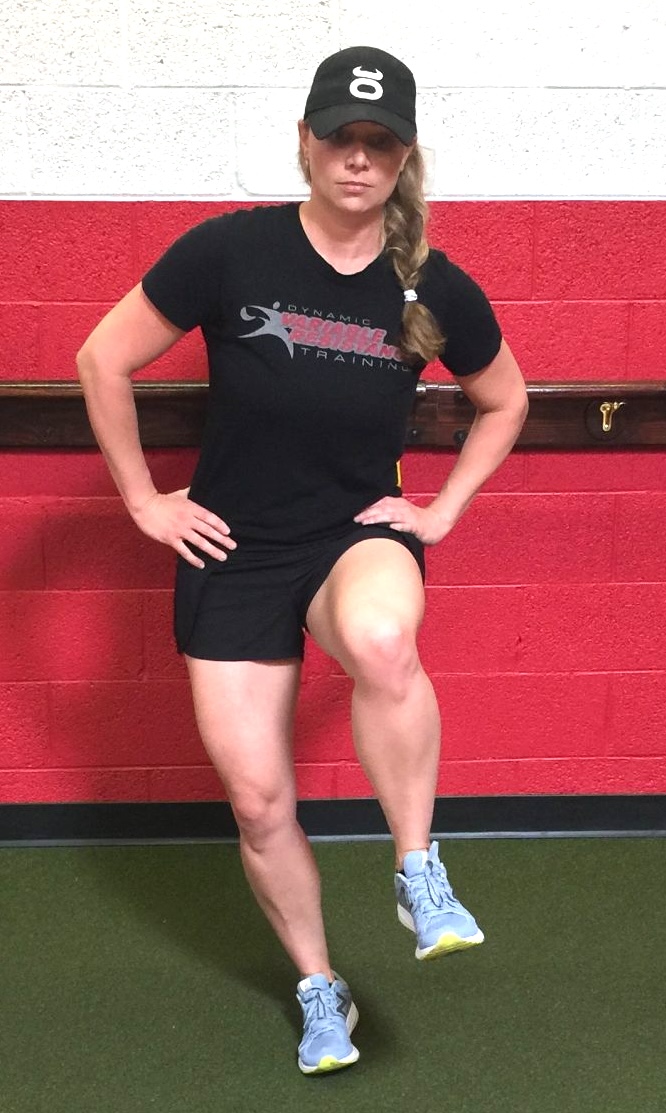Better Backs, Glutes, Adductors, & Knees
2024-12-30
It might seem like a VERY weird combo the title of today’s post. Sure, it may make sense how stronger glutes could help our backs and knee be more resilient, but what do the glutes and adductors have to do with one another? In reality these muscles and areas of the body are A LOT more closely related than many people think. However, the REAL goal of today’s post is to get you out of the idea of focusing on specific exercises and rather the concepts that help us find the right exercise for our goals.
With both having a lot to do wha happens at the pelvis (which means also what happens at the lower body including the knee), the glutes and adductors actually have an important relationship. One of the big actions the glutes perform is abduction of the hip (moving the leg away from the midline of the body) while the adductors perform the opposite action to balance each other out. This balance is so important because they work together to stabilize the hip joint and control leg movement during activities like walking and running.


Adductors have all of a sudden become a BIG topic of conversation because of quite a bit of research has shown that lack of adductor strength can impact the risk of groin injuries. Now, most of these injuries occur mostly in athletes where cutting and changing direction (as well as sprinting in general) place huge forces on the adductors. That is why when people heard about an exercise like the Copenhagen side plank can help reduce injuries and help groin strength social media when crazy (PMID: 34631242).
View this post on Instagram
Many people would do well to make these considerations into their use of the Copenhagen side plank
Unfortunately, many people miss the bigger picture of such exercises and fail to realize the magic is not really just in one exercise like the Copenhagen side plank especially when it comes to greater glutes and adductors. Yes, side planks like the Copenhagen side plank also strengthen hip abduction which is a major part of what the glutes do as well. One of the BIG pieces of such a puzzle on adductors and glutes that people miss is that while exercises like Copenhagen side plans can be part of the equation, the reality is single leg exercises take a lot of the equalities to a much higher level and bring in important elements that the Copenhagen side plank does not!
Like what?
For one, being in a more functional position like standing, we have to both produce more force and resist more forces acting upon the body. We get to integrate the foot and ankle into the kinetic chain that impacts the glutes and adductors, but so many more muscles of the lower body, pelvis, and core!


Many people struggle to perform a single leg balance screen that can tell us a lot about the capabilities of muscles like adductors and glutes in a very functional way
Because the core, glutes, and adductors actually work together on single leg exercises, what SHOULD we do along with exercises like Copenhagen side planks, after all such exercises isn’t where our focus on these concepts should stop.
Single Leg Hip Bridges
Hip bridges are known to work the glutes, but doing them as we teach in DVRT to integrate the core and moving to more single leg progressions as we show below enhance both the action of the glutes and adductors. The key though is that we need to have ways to build progressions through how we use tools like kettlebells and Ultimate Sandbags as well as our body position.
View this post on Instagram
Step-ups and Step Downs
Exercises like step-ups and step downs are tremendous ways to achieve the eccentric loading that plays a big part in what makes Copenhagen side planks effective as well as doing them in a more integrated fashion. However, you want to avoid some of these key mistakes…
View this post on Instagram
View this post on Instagram
Single Leg Hip Hinges
Hip hinges like deadlifts are well known to build the glutes too, but especially as we move to more single leg progressions (see a theme here) we get way more adductors as well. Some of the most beneficial comes from true single leg deadlifts for the glutes and adductors, but they can be too difficult to achieve. That is why using strategies like we show below can be such a powerful strategy to strong glutes and adductors.
The magic isn’t in one exercise, but what an exercise may train and teach. Often we have WAY more strategies than we realize how to achieve the goal and make training accessible through a wider continuum to build success in both the short and long-term. If you want to find out more about concepts like these we hope you will join us for physical therapist, Jessica Bento’s 2-week online Knee Pain course (recordings would be provided) and save with code “coach20” HERE for this week.
View this post on Instagram
© 2025 Ultimate Sandbag Training. Site by Jennifer Web Design.







